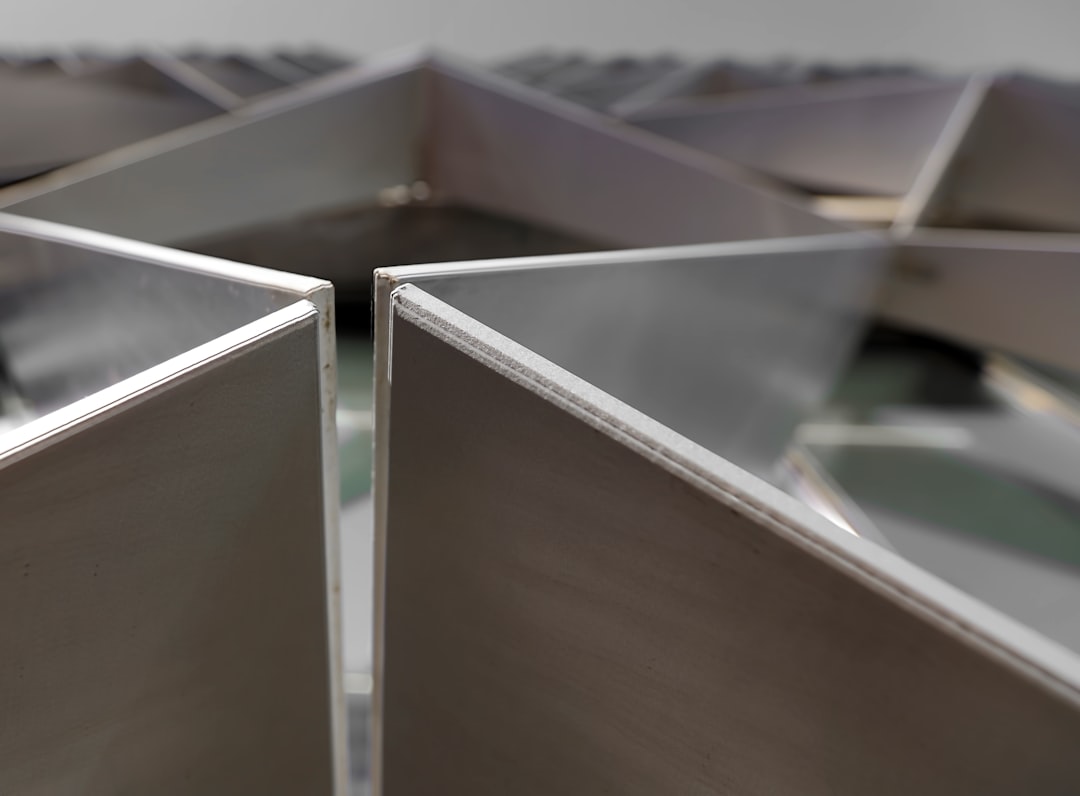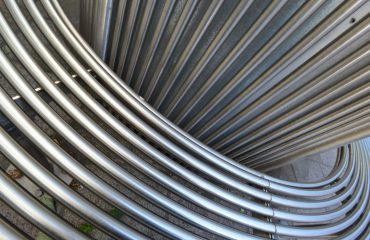body {
font-family: sans-serif;
line-height: 1.6;
}
h1, h2, h3 {
color: #333;
}
img {
max-width: 100%;
height: auto;
display: block;
margin: 20px auto;
}
In today’s world, noise pollution is a significant concern, impacting productivity, health, and overall well-being. Effective acoustic control is no longer a luxury but a necessity, particularly in commercial and industrial spaces. Acoustic steel profile systems offer a sophisticated and highly effective solution for managing sound, providing architects and engineers with a versatile tool to create quieter and more comfortable environments. This comprehensive guide delves into the intricacies of these systems, exploring their design, benefits, applications, installation, and future trends.
Understanding the Design of Acoustic Steel Profile Systems
Acoustic steel profile systems are engineered structures composed of lightweight steel profiles, strategically designed to absorb and diffuse sound waves. These systems typically incorporate sound-absorbing materials within their framework, such as mineral wool, fiberglass, or recycled materials. The design focuses on maximizing surface area and creating cavities that trap sound energy, preventing its transmission. The steel profiles themselves provide structural support and stability, ensuring the system’s longevity and durability. Different profile designs offer varying levels of acoustic performance, catering to specific noise reduction requirements. Factors like profile spacing, material thickness, and the type of sound-absorbing material used all contribute to the system’s overall acoustic efficiency. Careful consideration of these design elements is crucial for achieving optimal sound control.
The Key Benefits of Choosing Acoustic Steel Profile Systems
Acoustic steel profile systems offer a multitude of advantages over traditional acoustic solutions. Their lightweight nature simplifies installation, reducing labor costs and project timelines. The robust steel construction ensures exceptional durability and longevity, withstanding the test of time and resisting damage. Furthermore, these systems are highly versatile, adaptable to various architectural designs and seamlessly integrating into existing structures. Their aesthetic appeal is another significant benefit, allowing for clean, modern designs that complement contemporary architectural styles. The use of sustainable materials in some systems further enhances their environmental friendliness. Finally, their effectiveness in reducing noise pollution contributes to a healthier and more productive environment.
Diverse Applications of Acoustic Steel Profile Systems
The versatility of acoustic steel profile systems makes them suitable for a wide range of applications. They are frequently used in offices to create quiet zones and enhance concentration. Industrial settings benefit from these systems by reducing noise pollution from machinery, improving worker safety and productivity. Educational institutions use them to create acoustically comfortable learning environments, minimizing distractions and promoting better learning outcomes. Furthermore, these systems are ideal for recording studios, cinemas, and concert halls, where precise acoustic control is paramount. Hospitals and healthcare facilities also benefit from the noise reduction capabilities, contributing to patient comfort and recovery. The adaptability of these systems ensures their relevance across diverse sectors and project requirements.
Installation and Maintenance of Acoustic Steel Profile Systems
The installation process of acoustic steel profile systems is relatively straightforward, although professional expertise is often recommended for optimal results. The systems are typically pre-fabricated off-site, ensuring precision and minimizing on-site work. Installation involves attaching the steel profiles to existing structures using appropriate fasteners. The sound-absorbing material is then carefully placed within the framework, ensuring proper sealing to maximize acoustic performance. Regular maintenance is minimal, primarily involving visual inspections to identify any damage or deterioration. The durable steel construction ensures longevity, minimizing the need for frequent repairs or replacements. Proper installation and occasional maintenance contribute to the long-term effectiveness and cost-effectiveness of these systems.
Future Trends in Acoustic Steel Profile Systems
The field of acoustic steel profile systems is constantly evolving, driven by advancements in materials science and engineering. The incorporation of smart materials and technologies is likely to become increasingly prevalent, enabling greater customization and control over acoustic performance. Sustainable materials and manufacturing processes will play a crucial role in the future, reducing the environmental impact of these systems. Research into innovative designs and configurations will further enhance their effectiveness and versatility, catering to the evolving demands of diverse applications. The integration of acoustic steel profile systems with other building technologies, such as smart building management systems, will also contribute to creating more intelligent and responsive acoustic environments. The future of acoustic steel profile systems promises even greater efficiency, sustainability, and adaptability.
In conclusion, acoustic steel profile systems represent a significant advancement in noise control technology. Their versatility, durability, and effectiveness make them an ideal solution for a wide range of applications, contributing to healthier, more productive, and aesthetically pleasing environments. As technology continues to advance, these systems will undoubtedly play an increasingly important role in shaping the acoustic landscapes of our future.
SEO Tags:
- Acoustic Steel Profile Systems
- Sound Absorption Systems
- Noise Control Solutions
- Steel Profile Acoustics
- Acoustic Design




